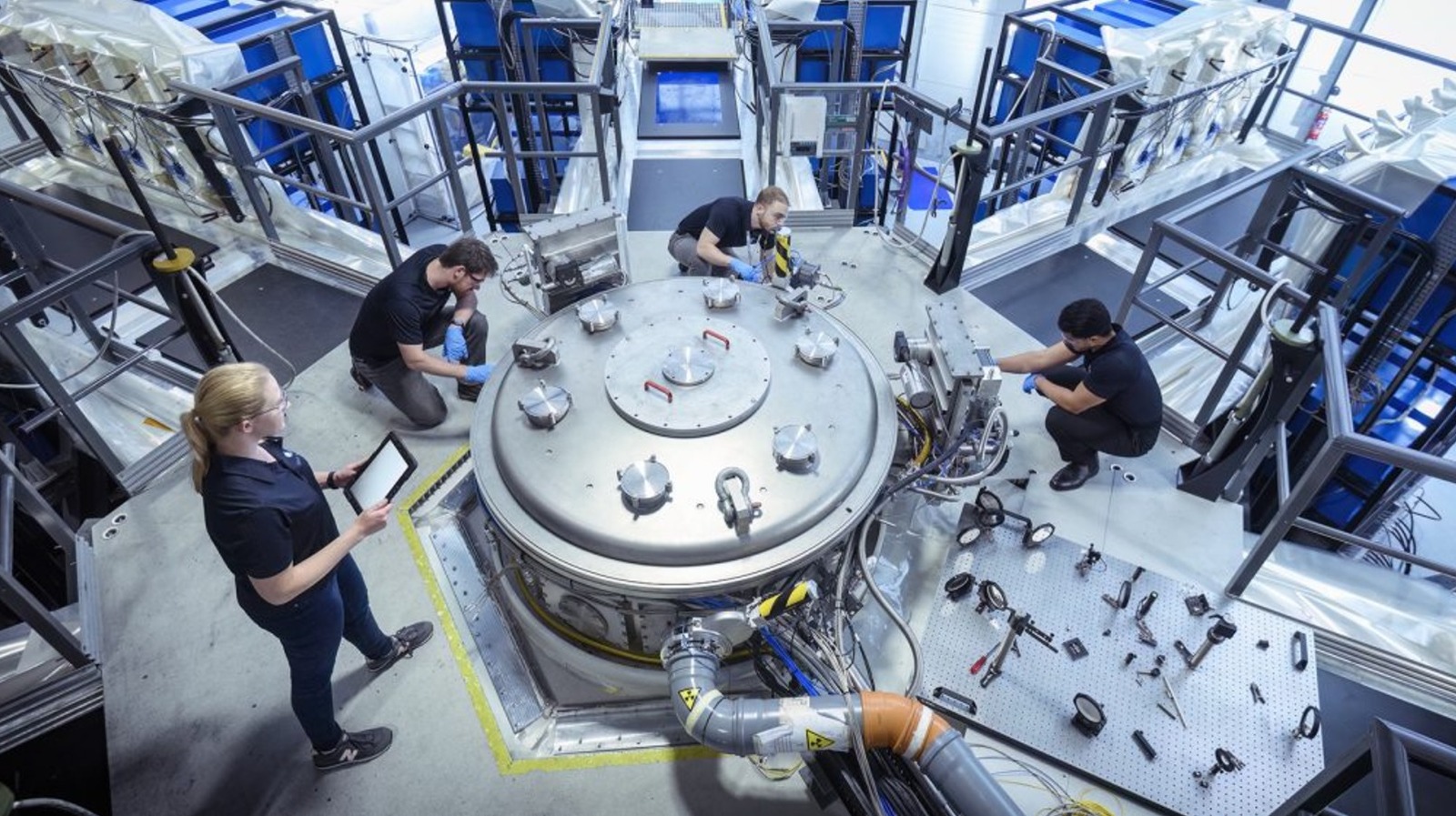A significant breakthrough in fusion power was achieved in the United Kingdom, bringing humanity closer to a sustainable energy future. First Light Fusion has successfully developed a method for “high gain” inertial fusion, marking a pivotal moment in the quest for a working fusion reactor. Fusion power, which generates electricity from the heat released during nuclear fusion reactions, has long been seen as a potential solution to reduce dependency on fossil fuels and combat climate change.
The core of fusion energy lies in the process where two light atomic nuclei combine to form a heavier nucleus, releasing substantial energy in the process. The ideal scenario is for a fusion reactor to produce more energy than it consumes, a concept known as “gain.” Until now, achieving a sustainable gain has proven elusive, with previous experiments requiring more energy input than the output generated. However, First Light Fusion’s recent success could change the trajectory of fusion power development.
Understanding the FLARE Process
The innovative technique developed by First Light Fusion is referred to as FLARE, which stands for Fusion via Low-power Assembly and Rapid Excitation. This approach boasts the potential to achieve a gain of 1,000, a significant leap from the current record set by the U.S. Department of Energy’s National Ignition Facility, which achieved a gain of four in May 2025.
FLARE separates the compression and heating stages of the fuel, allowing for a more efficient reaction. The compression process generates a surplus of energy, a method known as “fast ignition.” This breakthrough is particularly important as it harnesses technology that had previously been researched but remained out of reach for practical application.
According to First Light Fusion’s white paper, a mere one kilogram of fuel could yield as much energy as 10 million kilograms of coal. Ignition occurs when the fuel is heated to approximately 100 million kelvin (around 180 million degrees Fahrenheit), creating conditions for a self-sustaining fusion reaction. While reaching such extreme temperatures requires substantial energy, the potential energy return could far outweigh the initial costs.
A Path Toward Sustainable Energy
The implications of FLARE are profound. If successful, this method could lead to the world’s first commercially viable fusion reactor, providing a clean and practically limitless energy source. The journey towards establishing operational fusion power plants is still long, but First Light Fusion’s advancement represents a critical milestone in this ongoing endeavor.
As researchers and scientists continue to make progress in fusion technology, the prospect of transitioning from non-renewable energy sources to a more efficient alternative becomes increasingly tangible. The fusion power revolution may no longer be a distant dream. Instead, it appears to be a question of when rather than if, thanks to the multitude of breakthroughs propelling this field forward.
In conclusion, First Light Fusion’s achievement not only marks a step toward sustainable energy but also highlights the importance of innovation in addressing the global energy crisis. With continued research and development, fusion power could soon become an integral part of the world’s energy landscape, paving the way for a cleaner, more sustainable future.







